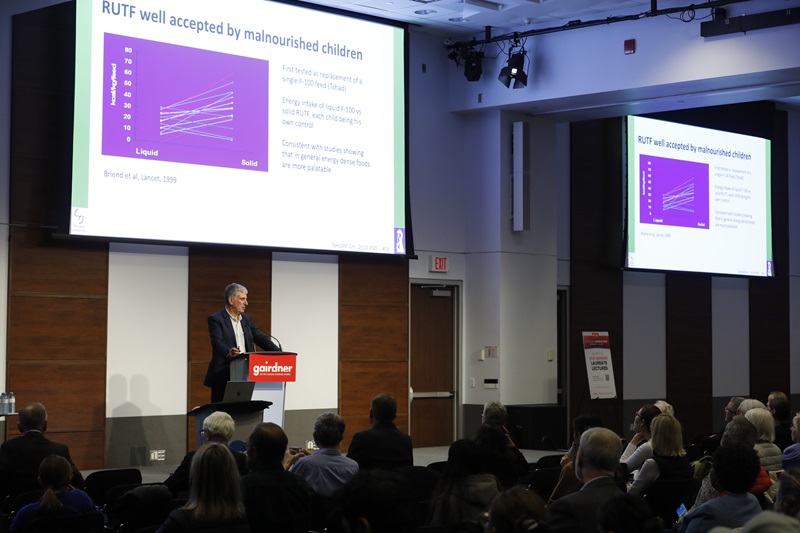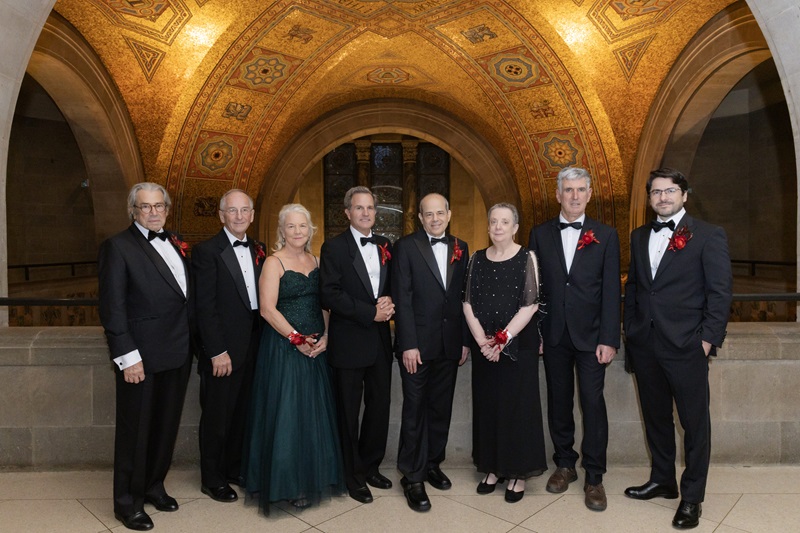Gary Struhl

Dr. Gary Struhl received his B.S. and M.S. from MIT (1976), and conducted his Ph.D. and postdoctoral research, respectively, at the MRC Laboratory of Molecular Biology (1976-1982), and Harvard University (1982-1985). He is a professor of Genetics and Development at Columbia University (1985-present), and an elected member of the USA National Academy of Science (2008).
Dr. Struhl studies how growth and patterning are organized during animal development, from global gradients that govern body patterns to secreted morphogens that organize the development of individual organs, to local communication between cells that controls their fates and polarity. In the 1990’s, together with Dr. Iva Greenwald, he discovered that the intracellular domain of Notch has intrinsic and constitutive transducing activity and provided the first evidence that Notch is a receptor that acts via the regulated nuclear access of its cytosolic domain. He then developed an in vivo, chimeric protein approach to establish (i) that the Notch intracellular domain is a membrane-tethered transcriptional activator, (ii) that release and nuclear import of this domain depends on cleavage of the tether by the intramembrane protease Presenilin (with Dr. Greenwald), (iii) that ligand converts the tether into a substrate for Presenilin by inducing the cleavage and shedding of the receptor ectodomain, and (iv) that ligand triggers the requisite ectodomain cleavage by exerting mechanical force on the receptor. Taken together, these findings elucidate a causal chain of events that define the basic mechanism of Notch signal transduction and establish this mechanism as a new paradigm of intercellular communication.
The Work:
Notch signaling is a fundamental cellular communication pathway that plays a crucial role in regulating many different biological processes, including cell differentiation. Drs. Spyros Artavanis-Tsakonas, Iva Greenwald and Gary Struhl are awarded for establishing our foundational understanding of Notch signaling, defining how this pathway works at the molecular level and how it influences cell fate, development, and tissue patterning.
Notch was first identified over 100 years ago as a mutation that causes notches in the wings of fruit flies (Drosophila). Over time it became clear that Notch defines an evolutionarily conserved gene network involved in diverse aspects of development in many different species including mammals. Pioneering genetic and molecular work by Dr. Artavanis-Tsakonas led to the cloning of the Drosophila Notch gene and other components of the pathway. Notch turned out to be a membrane-bound receptor defining the central element of a cell signalling pathway that interacted with another membrane-bound molecule on adjacent cells, leading to intracellular signaling and changes in cell fate. Dr. Greenwald discovered and cloned the Notch gene LIN-12 in nematodes (C. elegans), elucidated its fundamental role in cell fate specification, and identified many core components of the pathway, including the intramembrane protease Presenilin implicated in Alzheimer's Disease. Drs. Greenwald and Struhl together proposed that Notch functions as a membrane-tethered transcription factor that is cleaved to release the cytosolic domain, which enters the nucleus to control gene expression. Dr. Struhl then pioneered the use of chimeric proteins to validate the cleavage model and demonstrate that Notch is activated in response to mechanical force exerted by ligands.
The Impact:
Drs. Artavanis-Tsakonas, Greenwald and Struhl’s findings have had far-reaching implications for both basic science and medicine, particularly in identifying the role of Notch signaling in diseases such as cancer and developmental disorders, and shared components with neurodegenerative diseases like Alzheimer's.



24d51815-2494-4f8a-b8f0-dc824e0d99cc.tmb-cfthumb_fb.jpg?Culture=en&sfvrsn=723f4ba6_1)

.tmb-cfthumb_fb.jpg?Culture=en&sfvrsn=72bc0e8_1)




3525a8b6-b65a-4e24-a7f6-158e625c18ab.tmb-cfthumb_fb.jpg?Culture=en&sfvrsn=63e08bc9_1)
